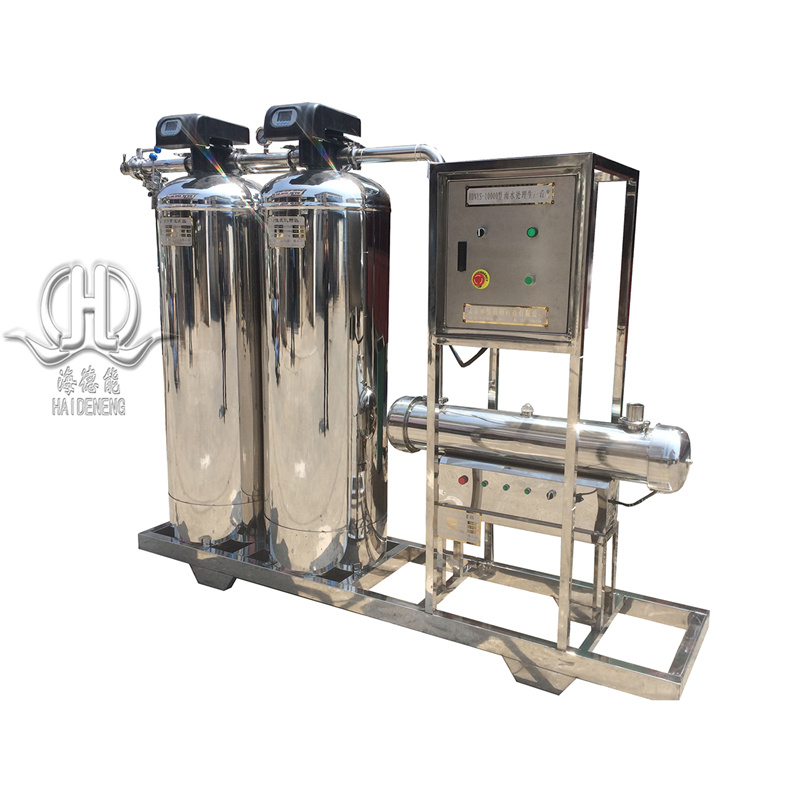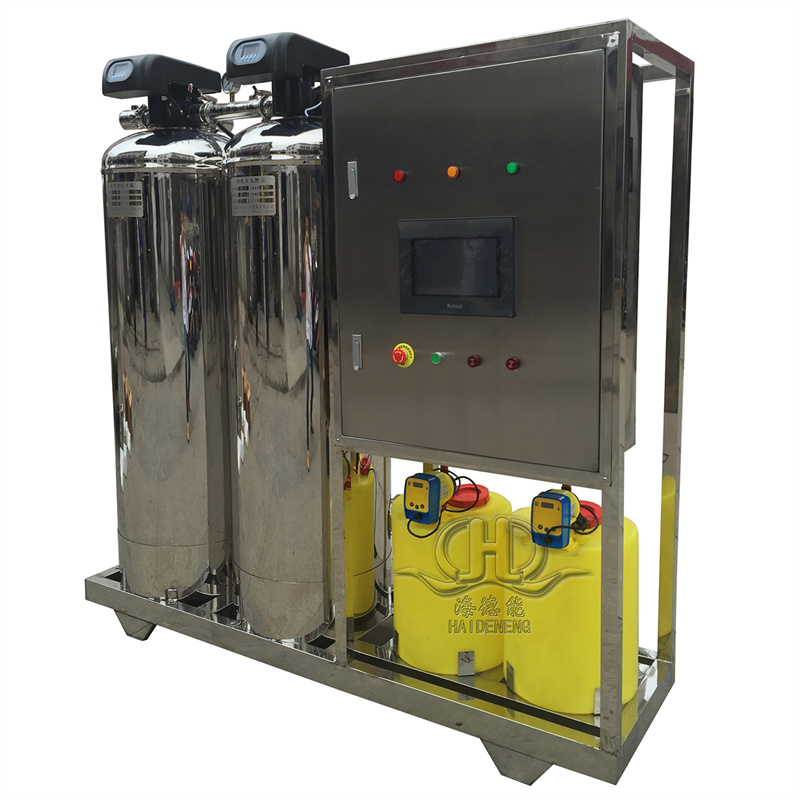Rain Water Harvesting Reverse Osmosis Filtration System Economic Machine Salt Water Treatment Reduce Salinity Purifier System
Reverse Osmosis (RO) Water Treatment System Description
Reverse Osmosis (RO) is an advanced water purification technology that utilizes a semi-permeable membrane to remove dissolved solids, ions, organic contaminants, and microorganisms from water. By applying high pressure (typically 100–1000 psi), water is forced through the RO membrane, which allows water molecules to pass while rejecting up to 99% of contaminants such as salts, heavy metals, bacteria, and viruses.
**Key Components of an RO System:**
1. **Pre-filtration:** Sediment and activated carbon filters remove particles, chlorine, and organics to protect the RO membrane.
2. **High-Pressure Pump:** Generates the force required for osmosis reversal.
3. **RO Membrane:** The core component, often made of polyamide thin-film composite (TFC), with pore sizes ~0.0001 micron.
4. **Post-treatment:** Remineralization or UV sterilization may be added to improve water quality.
5. **Concentrate (Brine) Discharge:** Rejects concentrated wastewater.
**Applications:**
- Drinking water purification (residential/industrial)
- Seawater desalination
- Pharmaceutical/boiler feed water
- Wastewater reuse
**Advantages:**
- High removal efficiency for TDS (Total Dissolved Solids).
- Low energy consumption compared to thermal desalination.
- Compact system design.
**Common Terminology:**
- **Permeate:** Purified water output.
- **Recovery Rate:** Ratio of permeate to feed water (typically 50–75%).
- **Flux:** Water flow rate per unit membrane area (GPD/ft²).











